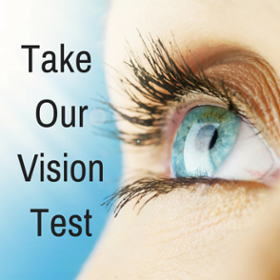Rehabilitation Of Vision Disorders
Vision disorders after stroke or brain injury can be overlooked early on as more severe, and life-threatening, injuries sustained from the stroke or brain injury are treated. Patients should undergo a vision evaluation as soon as possible after their injury. Even if a patient does not perceive any problems with his or her vision, defects may be present, and they can have an extensive impact on the patient’s life and rehabilitation efforts.
Alternative Therapeutic Strategies
There are three main strategies for potential visual rehabilitation: Substitution, Compensation and Restoration.
NovaVision provides a portfolio of FDA registered therapy and diagnostic products focused on Compensation and Restoration, with product offerings tailored to physicians, clinics and centers as well as direct to patients.

